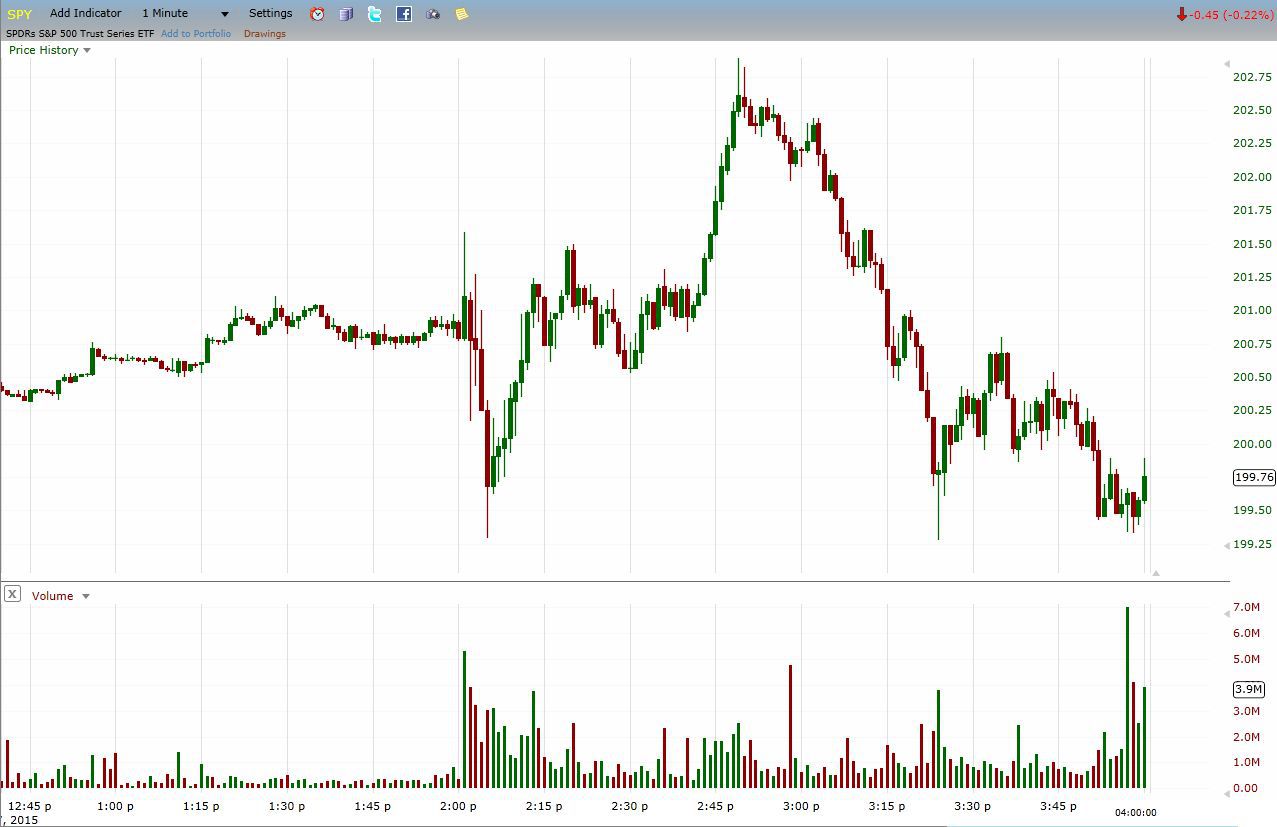Home>Finance>Average Daily Trading Volume (ADTV): Definition, How To Use It


Finance
Average Daily Trading Volume (ADTV): Definition, How To Use It
Published: October 11, 2023
Learn about Average Daily Trading Volume (ADTV) in finance and how to effectively use it to analyze market trends and make informed investment decisions.
(Many of the links in this article redirect to a specific reviewed product. Your purchase of these products through affiliate links helps to generate commission for LiveWell, at no extra cost. Learn more)
Average Daily Trading Volume (ADTV): Definition, How To Use It
Welcome to our “FINANCE” blog category, where we delve into all things related to personal finance, investing, and market analysis. Today, we’re going to discuss an important concept in the world of trading and investing: Average Daily Trading Volume (ADTV). If you’ve ever wondered what ADTV is and how to use it, you’ve come to the right place. So, what exactly is ADTV and why is it essential for traders and investors? Let’s find out.
Key Takeaways:
- Average Daily Trading Volume (ADTV) measures the number of shares or contracts traded within a specific period, typically one day.
- ADTV is an important indicator of market liquidity and can help traders and investors make informed decisions regarding the buying and selling of securities.
Average Daily Trading Volume (ADTV) is a metric that provides insights into the liquidity of a particular security or market. It measures the average number of shares or contracts traded within a specific period, usually one trading day. By understanding ADTV, traders and investors can gain valuable information about how actively a particular stock, bond, or other financial instrument is being bought and sold. This information can be crucial in determining the ease with which one can enter or exit a position without significantly impacting the market price.
So, how can traders and investors utilize ADTV to their advantage? Let’s explore a few practical applications:
- Determining Market Liquidity: ADTV gives traders an indication of how liquid a particular security or market is. Higher ADTV generally implies greater liquidity, allowing for easy buying and selling. On the other hand, low ADTV can lead to illiquid markets and potentially wider bid-ask spreads, making it more challenging to execute trades efficiently.
- Identifying Trends and Patterns: By analyzing ADTV over different time periods, traders can identify trends and patterns. Significant increases or decreases in ADTV may indicate changing market sentiment or external factors influencing trading activity. This information can help traders anticipate potential shifts in the market and adjust their strategies accordingly.
In conclusion, Average Daily Trading Volume (ADTV) is a valuable metric that provides insights into market liquidity and can assist traders and investors in making informed decisions. By understanding the concept of ADTV and utilizing it in their analysis, individuals can gain a deeper understanding of market dynamics and potentially improve their trading strategies. So, next time you come across ADTV, remember its significance and consider incorporating it into your investment toolbox.














